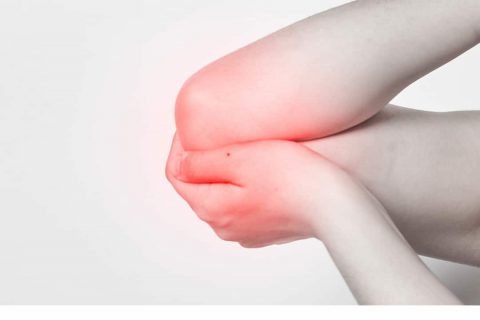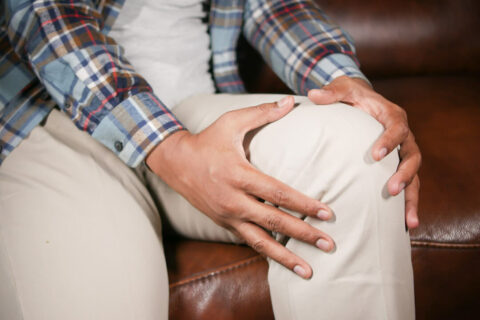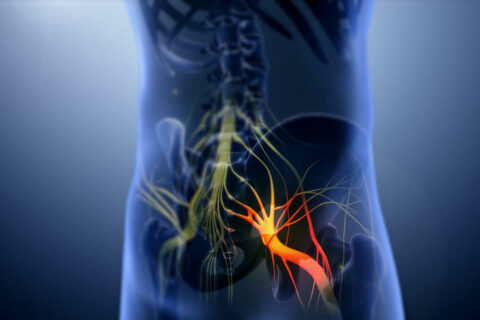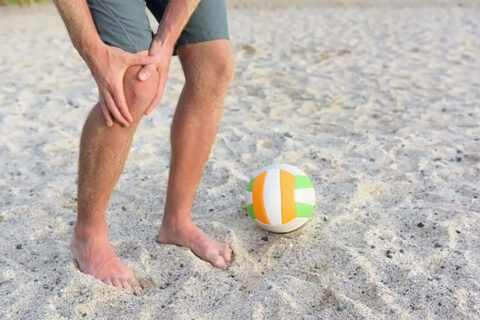Some Myths about Lower Back Pain
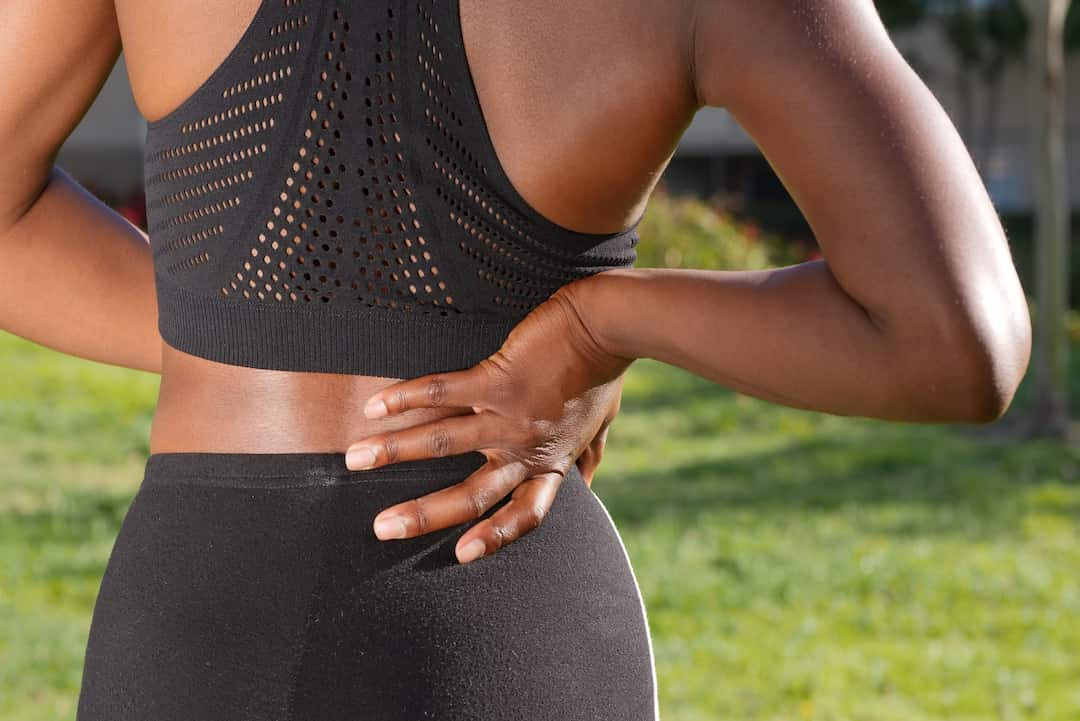
Some Myths about lower back pain:
Myth #1: Someone can put my back disc back in
No one can return a disc to its normal place. It’s like trying to get toothpaste back into a tube. This myth was perpetuated by patients that had been misdiagnosed with a disc problem when in fact they had a joint problem, which is much easier to treat. Once the need for surgery has been eliminated Treatment that is effective and long lasting involves a 3 stage process of managing the initial pain through manual therapy and if needed pain medication then improving the biomechanics of the area to take load off the affected site and then exercise to improve core strength and general muscular coordination and flexibility.
Myth #2: – I have to keep still to let it heal.
In the past people had been advised to rest until the pain eases. It is now known that this is wrong. The evidence from research shows that you are likely to recover more quickly by getting moving again. In the initial stages of lower back pain movement will be limited but keeping still for prolonged periods i.e. longer than 48 hours can lengthen recovery time.
Myth #3: My back is “out” I need someone to put it back in.
Vertebra don’t go out of position if they did you would be paralysed. The purpose of spinal manipulation is to restore mobility to restricted spinal segments. This reduces muscle spasm and returns ease of movement. However this is only part of an overall Osteopathic management programme. Unless therapy to muscles and exercise are included any benefit from joint manipulation on its own will be temporary. Osteopaths utilise a range of techniques and will be able to ascertain whether manipulation is suitable is your particular case. While many people equate manipulation with the popping sound Osteopaths utilise a number of gentle non-force techniques to use when stronger manipulation is not indicated or preferred.
Myth #4: My back scans don’t show anything so I can’t get my back treated because no one knows the cause.
Scans are useful for excluding conditions like arthritis, cancer, disc pathology, fractures etc. Scans like MRI’s CT’s and X-Rays only image the structure of the back not how it functions. It’s a bit like a car which is out of tune, you can take a picture of the engine which will look normal yet the engine won’t work properly once it’s started. Osteopaths will utilise scans to exclude serious conditions where indicated and then use motion testing of joints and muscles to detect abnormalities in the back that won’t show up on scans.

